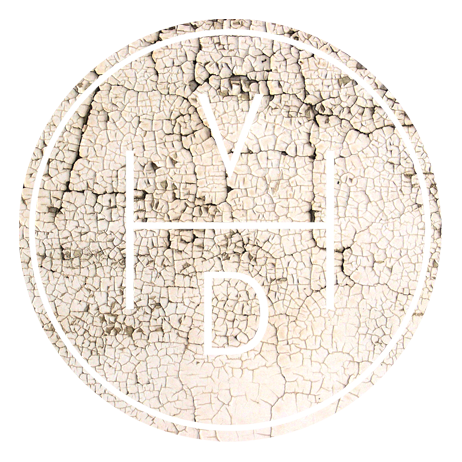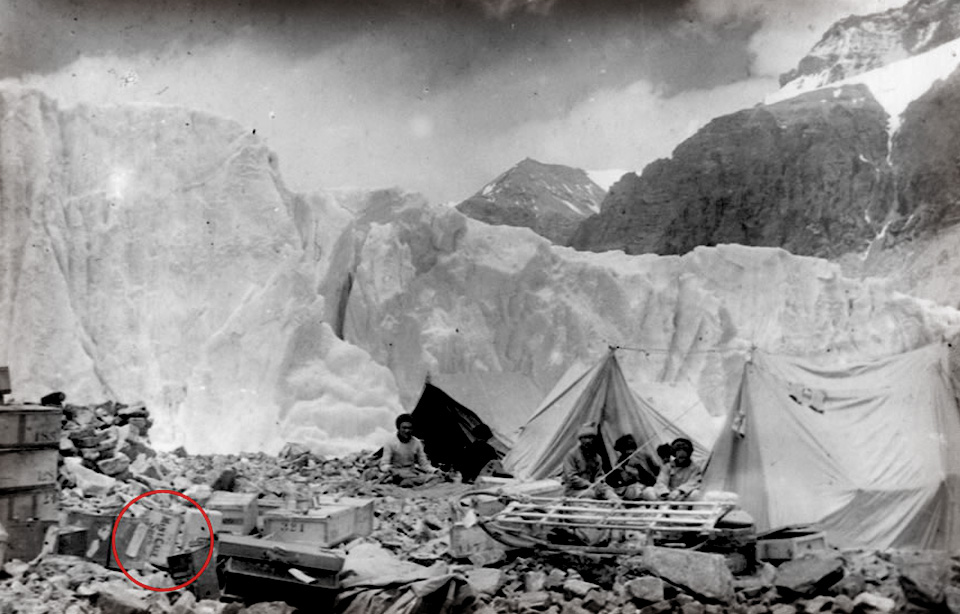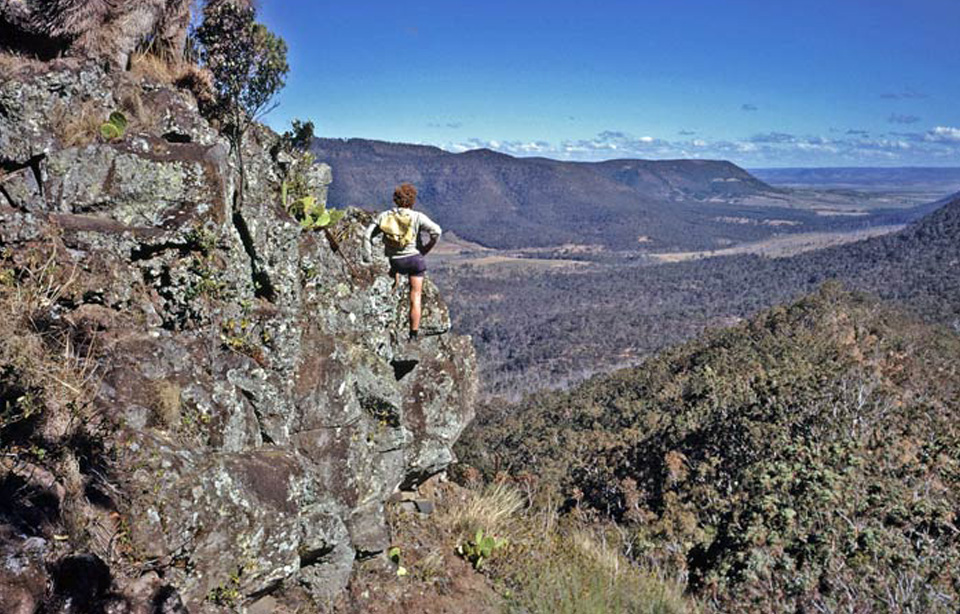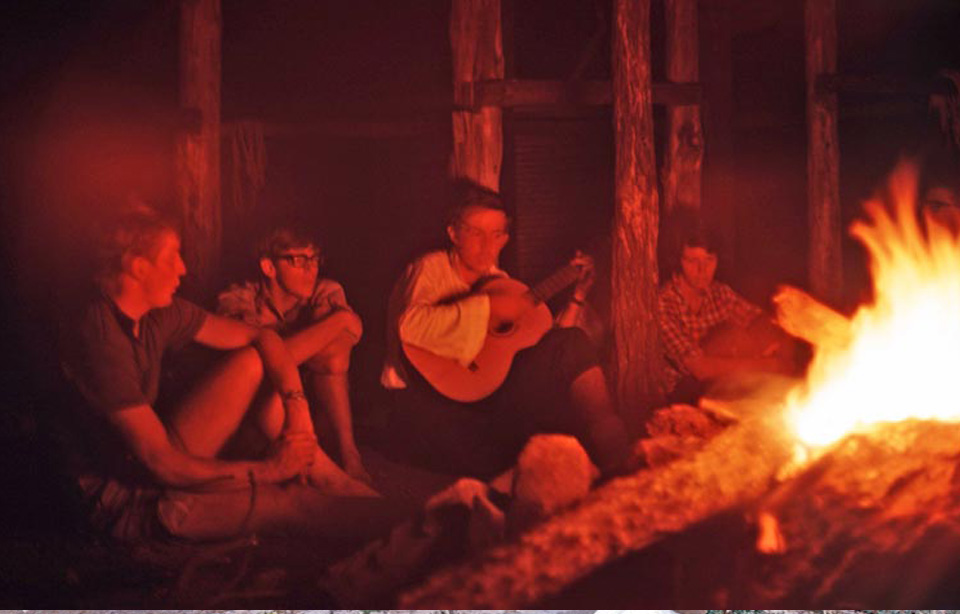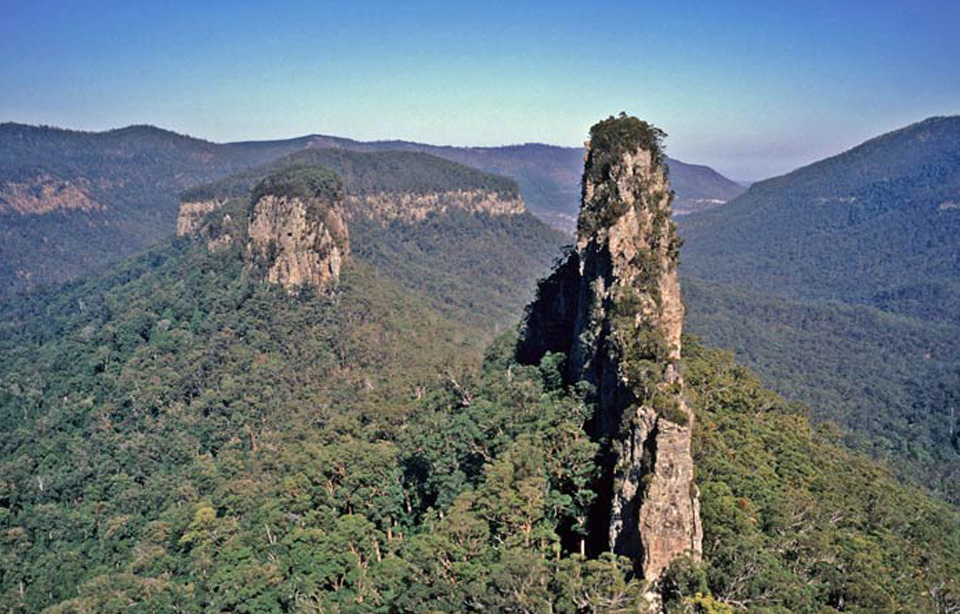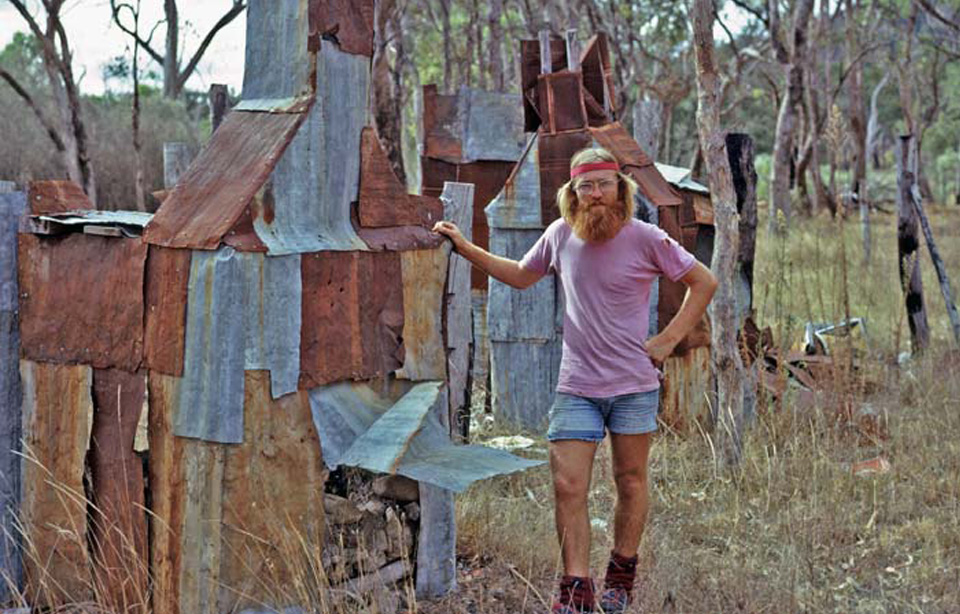Campfire in the backwoods
Hiram Holding was a British journeyman, tailor and early pioneer of camping. His love for the outdoors began in the 1850's when, as a 9 year old, his family joined a wagon train across the USA. He released “The Campers Handbook” in 1908 urging people embrace the outdoors. The book is an exhaustive resource full of technique and philosophy. Under "Stews and beverages" we also find his opinions on tea and the best way to make it.
“We will assume, for the nonce, that the camper has a “Primus,” stove, on which he has used some such vessel as the “So-soon” pan. He need not wait long for the water to boil, for the power and rapidity of the stove’s action is well known. He will have to consider, to begin with, if his Tea is intended to be weak or strong. We will say just moderate. Then he must have a pint and half of water for two. Into this he would put a tea-spoonful of Tea, as it boils—in which case he would instantly lift it off—or into the pan directly it is off. I deem it best to pop the Tea in as the water boils. Now I have known ladies to lift their hands in horror as they have seen me perform this move, and say, “what, boil Tea!” No, it did not boil five seconds. The Tea simply had the first “ bite” of the water at boiling point. As it stands in the pan off the fire it becomes degrees under boiling point in a few moments, and yet boiling point has power and influence over the TEA that cooler water can never possess. After the Tea is inserted in the pan the lid should be put on, with a paper or other cover over it. The Tea will be none the worse for a stir. If Tea is put into a strainer this should be removed pretty soon.”
Holding goes on anecdotally about the various do's and don'ts and summarises in his own comedic fashion.
“There are various fads about Tea, into which we need not enter, viz., that it must be taken out of a porcelain cup, that the sugar must go in the cup first, or that the sugar must go in after, or that the milk must precede the sugar, and so on, ad lib. It makes one wonder when we hear all this, how men and women have’ managed to live in spite of their stupidity which has led them to tempt Providence by so much recklessness in their food.”
"The Campers Handbook" is certainly from another time but at its core it is all valid, relevant writing. I look forward to sharing more.
